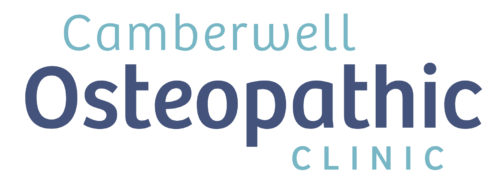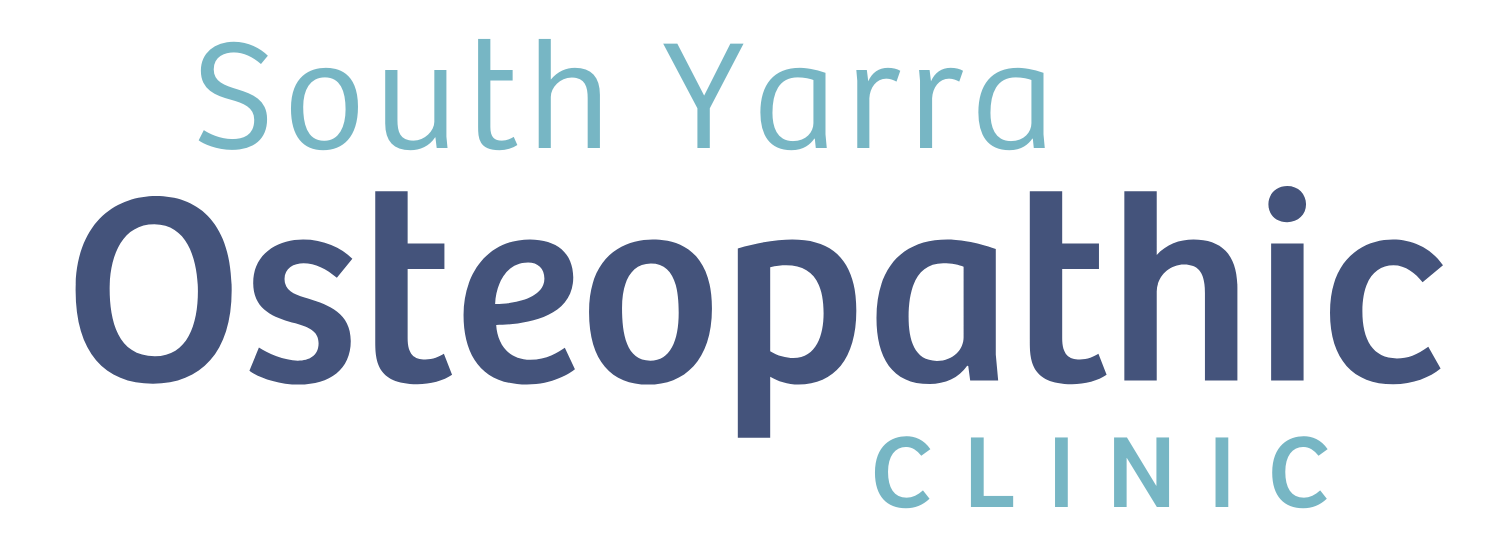Acute Musculoskeletal Injury Management (1 – 3 days)
Acute injuries are typically as a result of a traumatic incident that results in the rapid onset in symptoms such as pain, redness, swelling and heat, ie inflammation. First aid management, which aims to prevent further injury and decrease pain levels within the first 72 hours, for all acute musculoskeletal injuries is R.I.C.E.R.
Rest: Alteration of activity so that your injury is not be exacerbated. It does not mean to stop doing everything, but work within your pain-free means. If a particular movement or position seems to intensify your symptoms – Stop.
Ice: When you injure yourself, an inflammatory cascade is initiated. Ice acts as an anti-inflammatory which will reduce swelling, decrease bruising and limit tissue damage around the injured area. Ice should be applied for 20 minutes, every two hours for the first three days.
Compression: If the area is sprained (ligamentous) or strained (muscular) then applying a firm compression bandage over the area will prevent swelling and tissue damage and provide support to the injured area.
Elevation: If possible, raise the injured area to slow blood flow, thereby limiting inflammation and preventing further damage to the area.
Referral: Contact a medical professional for further guidance on injury management.
In some instances, anti-inflammatories (Nurofen, Voltaran) may be used to manage pain and inflammation. However, please discuss their suitability with your pharmacist or health care professional prior to use and use only as directed.
Chronic Musculoskeletal Injury Management
Chronic musculoskeletal injuries usually develop slowly with persistent and long lasting pain. These injuries are characterised by dull pain or constant ache, joint restriction and muscular tightness. Some examples of conditions that predispose to chronic pain are poor management of an acute injury, previous trauma, degeneration and poor posture.
Heat can be useful in chronic injuries, such as stiff joints or tight muscles, where no inflammation is present. A heat pack should be applied for no more than 20 minutes. Low level activity, such as walking or swimming, can loosen up restricted areas by promoting blood flow however if such activities seem to aggravate your symptoms, stop. Gentle stretching of the troublesome area can also assist in managing the pain of chronic injuries.
*This information has been written by Dr Lisa Brennan for the purposes of patient education. The details provided are of general nature only and not as a substitute for professional medical diagnosis and advice. All First Aid advice is taken from the Australian Red Cross First Aid Handbook 2010.
For more information, please contact us.




